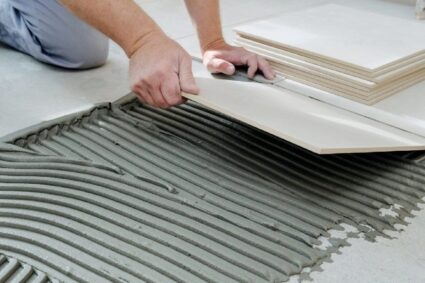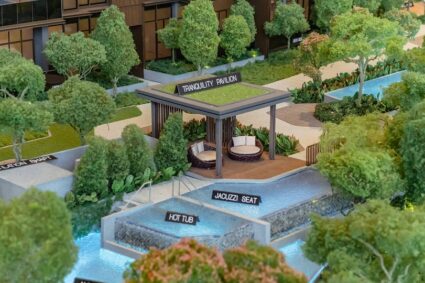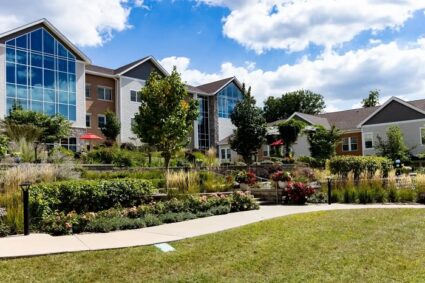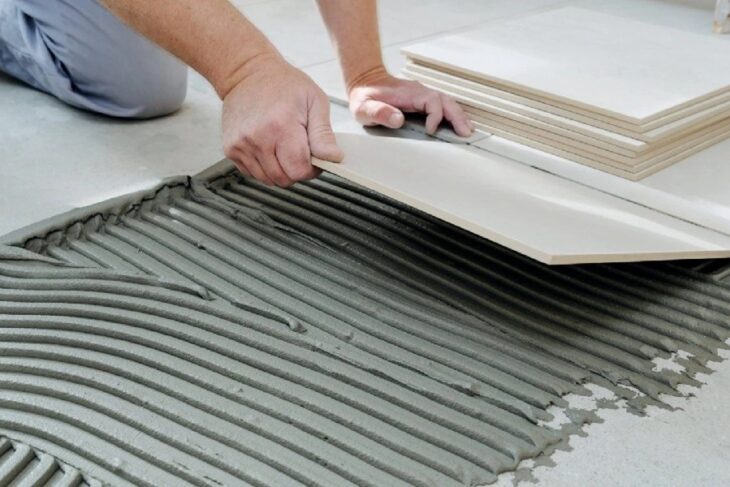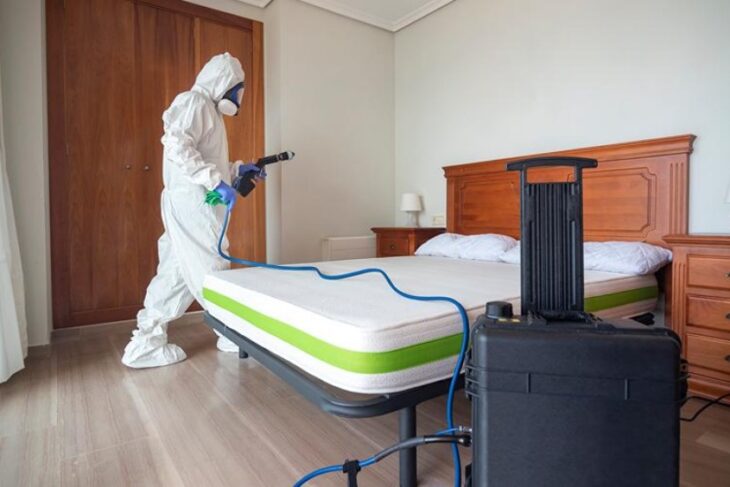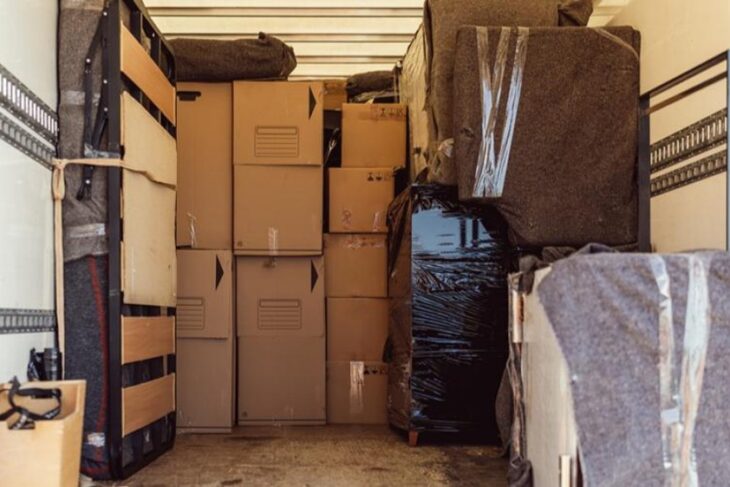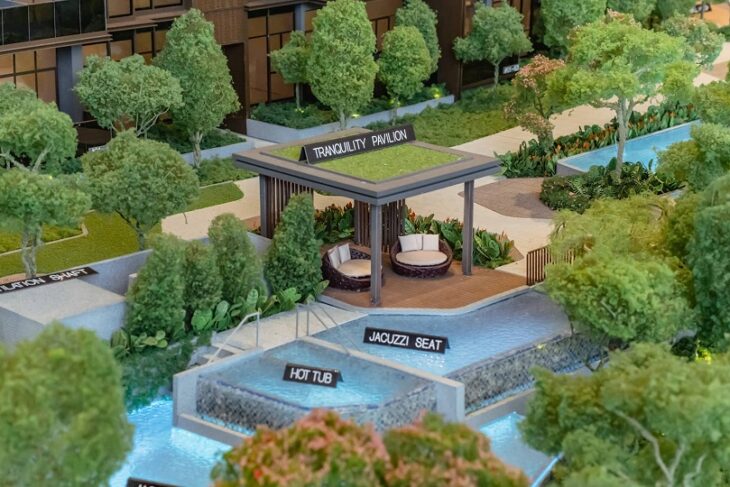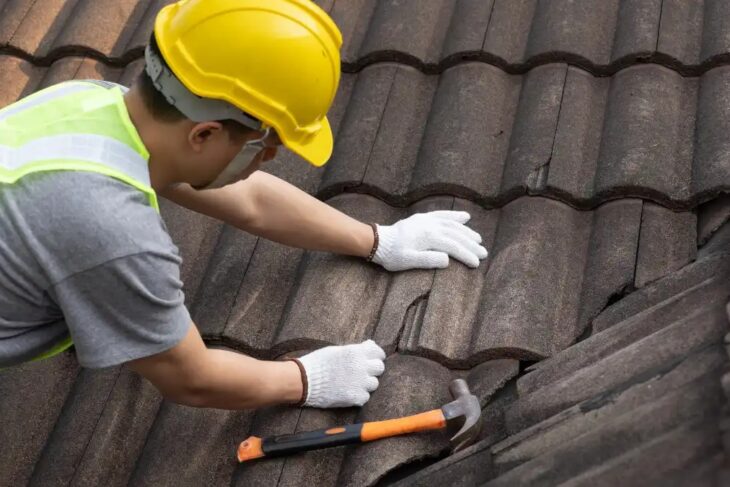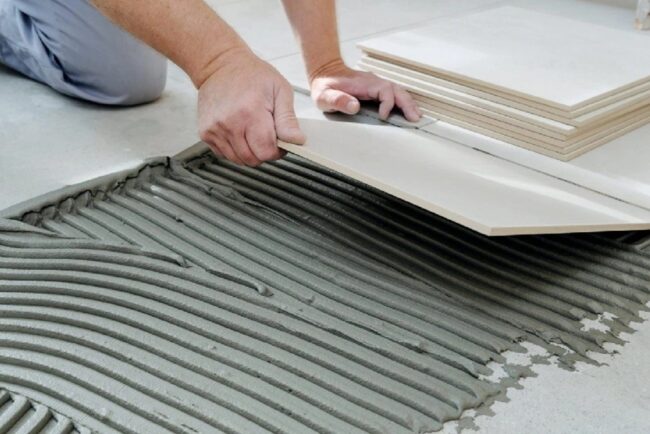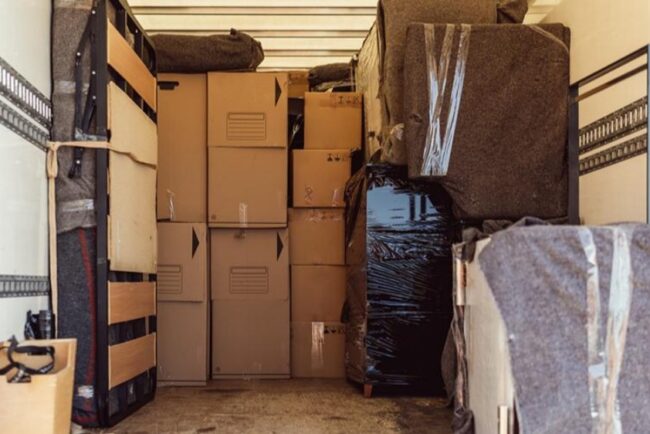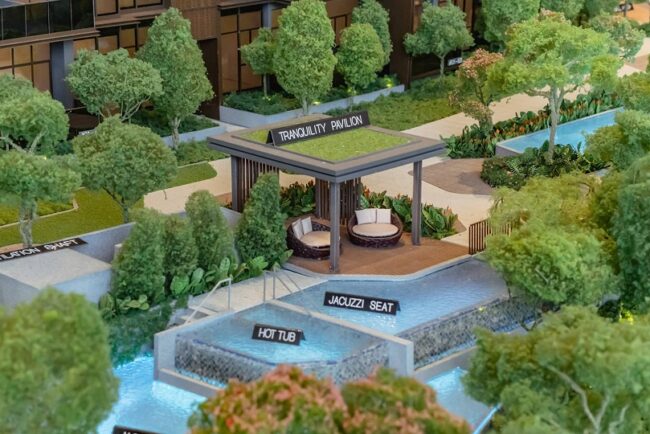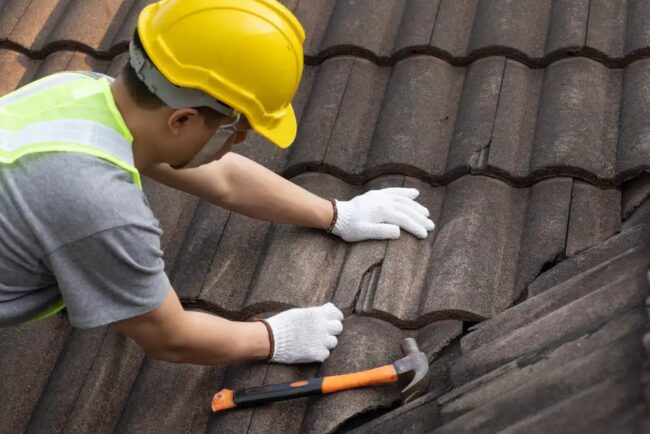
Laying sod is one of the quickest ways to transform a patchy, uneven yard into a lush, green oasis. But if your yard has slopes or uneven terrain, the process can feel a bit intimidating. Don’t worry—it’s totally doable with the right approach. Whether you’re dealing with a gentle slope or a more dramatic incline, here’s how to lay sod on uneven ground like a pro.
Why Sloped and Uneven Ground Can Be Tricky
Laying sod on flat ground is pretty straightforward, but when you’re dealing with sloped or uneven ground, things get a little more complicated. The main issue is gravity—water and soil naturally want to move downhill, which can lead to erosion and uneven sod growth. If the sod isn’t properly secured, it can slide or shift, leaving gaps and bare spots.
Another challenge is ensuring the sod gets enough water. On slopes, water tends to run off instead of soaking into the soil, which can leave the roots dry and struggling to establish. Uneven ground can also create low spots where water pools, leading to soggy, unhealthy sod. The key is to prepare the ground properly and take steps to address these issues before you lay the sod.
Preparing the Ground for Sod
Before you even think about laying sod, you need to prepare the ground. Start by clearing the area of any rocks, weeds, or debris. If the slope is steep, you might want to consider terracing the area. Terracing involves creating flat, level sections on the slope, which makes it easier to lay the sod and helps prevent erosion. You can use retaining walls or wooden boards to create these terraces.
Next, you’ll want to grade the soil. This means smoothing out the surface to eliminate any major bumps or dips. On slopes, it’s important to create a slight angle that directs water away from the base of the hill. Use a rake or a grading tool to even out the soil, and consider adding topsoil to fill in any low spots. Compact the soil lightly with a roller to create a firm base for the sod.
Choosing the Right Sod for Sloped Ground
Not all sod is created equal, and some types are better suited for sloped or uneven ground than others. Look for sod with a strong root system that can anchor itself firmly in the soil. Bermuda grass and zoysia grass are both good options because they’re drought-tolerant and have deep roots that help prevent erosion.
When you’re buying sod, make sure it’s fresh and healthy. Check for signs of disease or pests, and avoid sod that looks dry or brittle. It’s also a good idea to measure your yard carefully so you know how much sod to buy. On slopes, you might need a little extra to account for the angle and any terraces you’ve created.
Laying the Sod on Sloped Ground
Now comes the fun part—laying the sod. Start at the bottom of the slope and work your way up. This helps prevent the sod from sliding downhill as you work. Lay the sod in a staggered pattern, like bricks, to ensure the seams don’t line up. This creates a stronger, more stable surface.
As you lay each piece, press it firmly into the soil to eliminate any air pockets. You can use a sod roller or simply walk on it to make sure it’s secure. On steep slopes, you might want to use stakes or sod pins to hold the sod in place until the roots establish. These can be removed once the sod has taken root, usually after a few weeks.
Watering and Caring for Sod on Slopes
Watering is crucial when you’re laying sod, especially on sloped or uneven ground. The key is to water deeply but slowly to give the water time to soak into the soil. If you water too quickly, it will just run off the slope, leaving the roots dry. Use a soaker hose or a sprinkler with a low flow rate to ensure even coverage.
For the first week or two, water the sod daily to keep the soil moist. After that, you can gradually reduce the frequency, but make sure the soil doesn’t dry out completely. Keep an eye on the slope for signs of erosion or shifting sod, and address any issues right away.
Preventing Erosion and Maintaining Your Sod
One of the biggest challenges with sloped ground is preventing erosion. To protect your new sod, consider adding a layer of mulch or straw to help hold the soil in place. You can also plant ground cover or install erosion control mats to stabilize the slope.
Regular maintenance is also important. Mow the sod once it’s established, but be careful not to cut it too short, as this can stress the grass and make it more susceptible to erosion. Fertilize the sod according to the recommendations for your specific grass type, and keep an eye out for weeds or pests.
When to Call in the Professionals
If you’re dealing with a particularly steep slope or a large area of uneven ground, it might be worth calling in the pros. A landscaper can help you grade the soil, install terracing, and lay the sod correctly. They can also recommend the best type of sod for your specific conditions and provide tips for long-term care.
While it’s possible to tackle this project on your own, getting professional help can save you time and ensure the job is done right. Plus, they’ll have the tools and expertise to handle any challenges that come up.
Final Thoughts: Transforming Your Sloped Yard
Laying sod on sloped or uneven ground might seem daunting, but with the right preparation and care, it’s completely achievable. By taking the time to grade the soil, choose the right sod, and address potential issues like erosion, you can create a beautiful, healthy lawn that thrives even on a slope.
Remember, patience is key. It might take a little extra effort to get everything just right, but the results will be worth it. With a little planning and some elbow grease, you can turn that tricky slope into the envy of the neighborhood.

